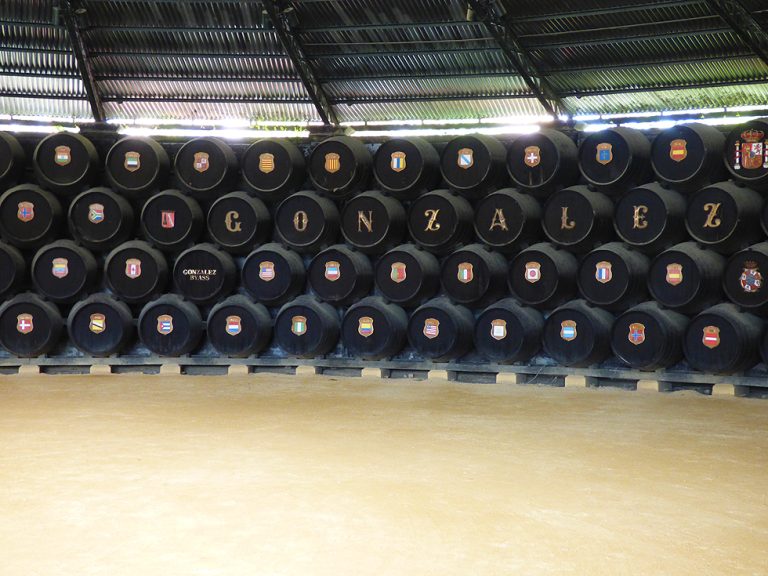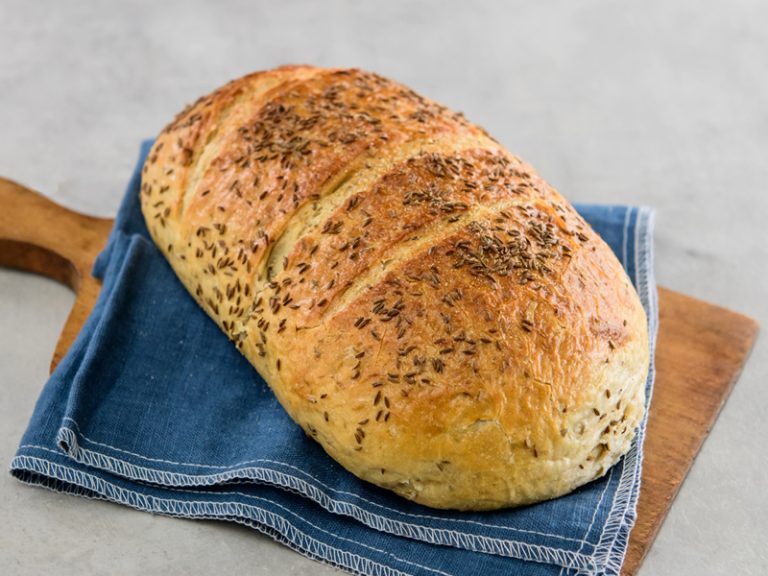Published with permission from LuxuryWeb Magazine
“Sopa de ajo,” a cherished Basque dish which translates to “garlic soup,” ingeniously employs bread to thicken the soup — a clever nod to the tradition of not wasting stale bread. Diverse iterations exist within Spanish culinary traditions, featuring alternative thickening agents like crushed almond meat, often touted as remedies for hangovers.
In the absence of the traditional Basque “zopako ogia” flatbread, which remains elusive in the U.S., I’ve adapted by using baguette slices. These are fried to a perfect golden brown in olive oil, not just adding bulk but also enriching the soup with a deeper flavor profile. Another cornerstone of sopa de ajo, pivotal to Spanish gastronomy at large, is “pimentón de la Vera.” This smoky paprika — hailing from Spain’s La Vera region — is crafted by smoke-drying ripe peppers over oak, then finely grinding them.
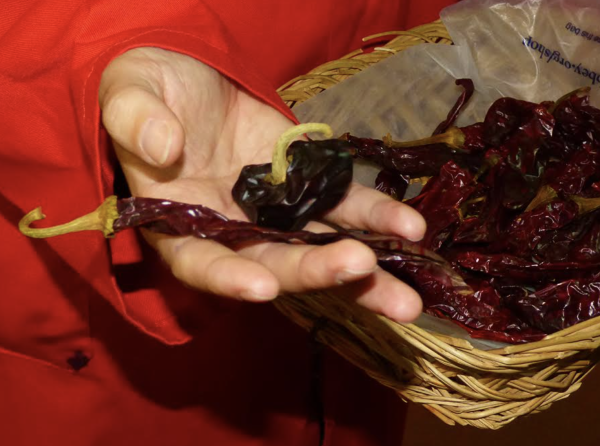
For my rendition of garlic soup, I prefer the “Las Hermanas” brand’s agridulce (bittersweet) variety. While the original recipe suggests the dulce (sweet) type, I find agridulce offers a more nuanced taste—richer than dulce but less fiery than the piquant pimentón picante. However, depending on your taste preferences for a milder or spicier flavor, feel free to experiment with other forms of Spanish paprika.
This particular spice became a staple in my pantry following a press trip to Extremadura, where I visited its production facilities. The amount of pimentón required varies with the soup quantity you plan to prepare.
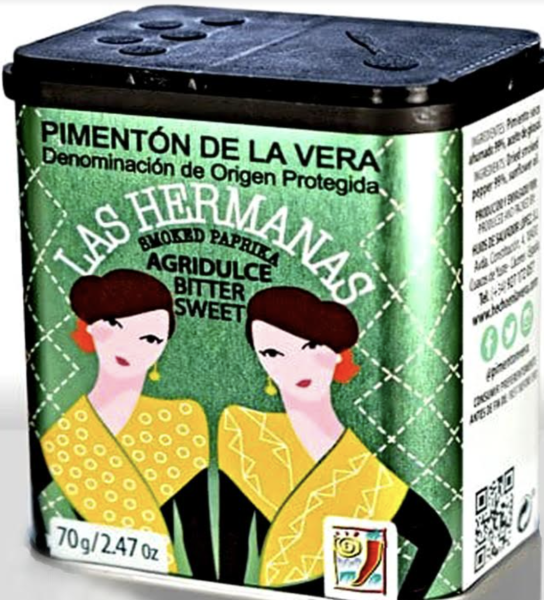
Success
You are now signed up for our newsletter
Success
Check your email to complete sign up
The “Las Hermanas” brand, under “Hijos de Salvador López,” is notably managed by women. Initiated in 1940 by Salvador López, the legacy was carried forward by his three sons and presently, his two granddaughters. The process involves smoking the locally farmed peppers over oak fires until they achieve a ripe red hue, ensuring a distinctive flavor.
Below is my tailored recipe for four servings of sopa de ajo:
Ingredients:
- 6 cups cubed French bread (substitute with zopako ogia if available)
- 3 tablespoons extra-virgin olive oil
- ¼ cup extra virgin olive oil
- 7 cloves garlic, thinly sliced, or to your taste
- ¼ medium yellow onion, thinly sliced
- 2 ounces smoked ham, diced
- 1 to 1 1/4 tablespoon smoked pimentón, or according to taste
- 6 cups chicken broth, adjust as needed
- A pinch of cayenne pepper, to taste
- Salt and ground black pepper, to taste
- 1/4 cup chopped fresh flat-leaf parsley or cilantro
- 4 large eggs
Method:
- Preheat a salamander or oven to 375°F, using the top grill setting.
- In a cast-iron frying pan, brown the bread cubes in 3 tablespoons of olive oil until well-toasted but not charred.
- Heat the remaining olive oil in a heavy pot over medium heat. Sauté garlic and onion until golden, roughly 1-2 minutes. Add the ham and cook until warmed, about 1 ½ more minutes. Stir in the pimentón and cook for an additional minute.
- Add the bread cubes to the pot, ensuring they are well-coated with the flavorful oil, garlic, onion, and ham mixture.
- Pour in the chicken broth, disintegrating the bread cubes to thicken the soup. Season with cayenne, salt, and black pepper. Bring to a boil, then lower the heat and stir in the parsley. Simmer for 4 minutes.
- Crack each egg into separate small bowls. Divide the soup among four clay pots, creating depressions on the surface. Gently pour an egg into each depression. Bake in the preheated environment until the egg whites set and yolks remain slightly runny, about 2-3 minutes.
Serve immediately and savor the robust flavors.
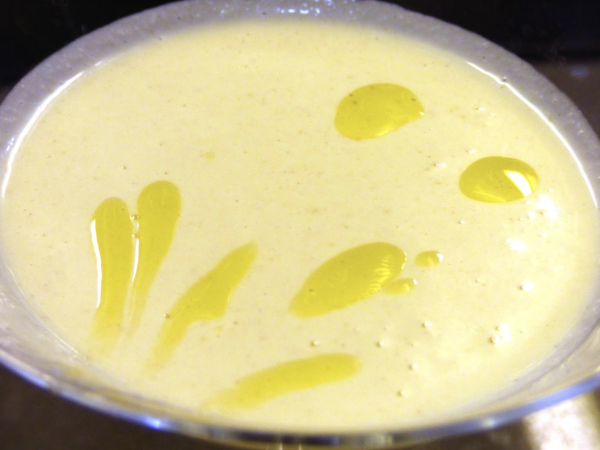
In Extremadura, a variation known as Ajo Blanco is also popular. This version uses lightly toasted, crushed almonds instead of bread and omits smoked ham, blending the remaining ingredients to a smooth consistency. Typically served cold in a champagne coupe and finished with a drizzle of extra virgin olive oil, it offers a refreshing contrast to its warmer counterpart. Enjoy!
Visit LuxuryWeb Magazine to see the original article and more.






